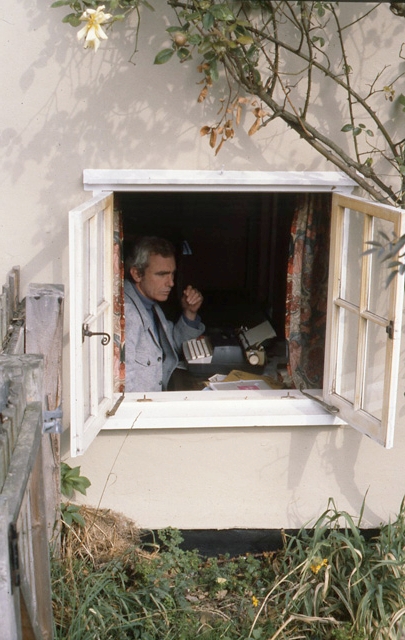Ecological Allegory: Tourmaline, An Example
Keywords:
Randolph Stow, Tourmaline, Ecocriticism, Allegory, Ecology, PanpsychismAbstract
Allegories contain specific forms and techniques which define a text as an allegory. Furthermore, the reading of allegory as allegory differs markedly from contemporary reading practices. For example, there is a specific intention written into the text. The reader is required to determine that intention in order to uncover the allegory. That is, the reader’s freedom to interpret the text is constrained by the text’s allegorical devices. Furthermore, the text functions didactically to educate the reader in a certain way, and, through that education, transform the reader. This is the traditional function of allegory. I argue that Randolph Stow's novel, Tourmaline, is one such allegory. Furthermore, in Stow's novel, the allegorical mode is being used in order to educate the reader about an ecological worldview of land. The intention is to bring about a specific reader, one who through the reading of the allegory, develops what the philosopher, Freya Mathews, calls a “votive” relationship to land and the natural environment. As such, allegory is a literary mode in which Australian writers such as Stow and their reading publics are engaging in environmental politics.Downloads
Published
2010-06-01
Issue
Section
Articles
License
The copyright for articles in this journal is retained by the author(s), with first publication rights granted to the journal. By virtue of their appearance in this open access journal, articles are free to use with proper attribution in educational and other non-commercial sectors.Attribution-NonCommercial-ShareAlike 2.1 Australia
This work is licensed under the Creative Commons Attribution-NonCommercial-ShareAlike 2.1 Australia License. To view a copy of this license, visit http://creativecommons.org/licenses/by-nc-sa/2.1/au/ or send a letter to Creative Commons, 543 Howard Street, 5th Floor, San Francisco, California, 94105, USA.
How to Cite
Ecological Allegory: Tourmaline, An Example. (2010). Journal of the Association for the Study of Australian Literature, 10. https://openjournals.library.sydney.edu.au/JASAL/article/view/9783

